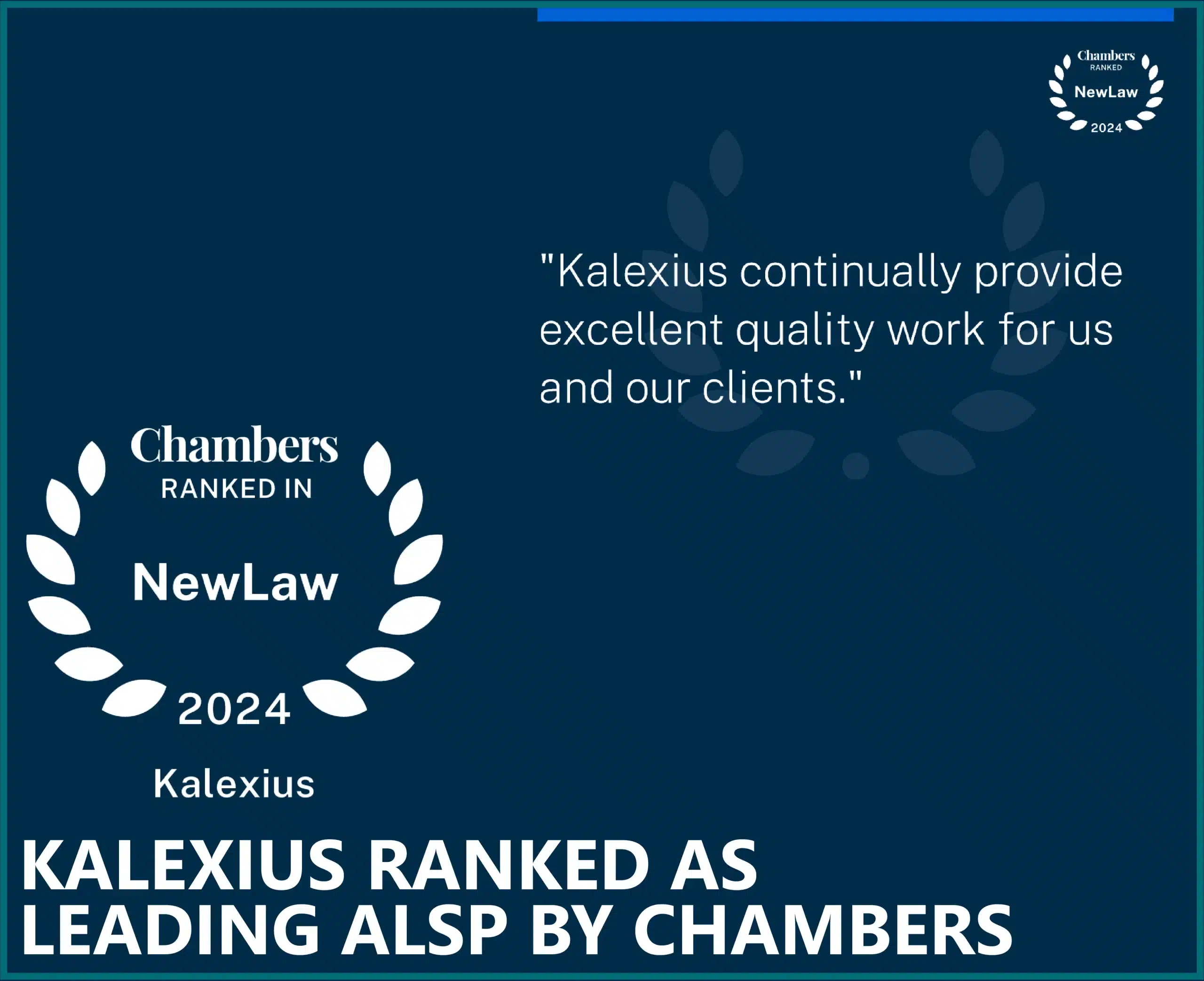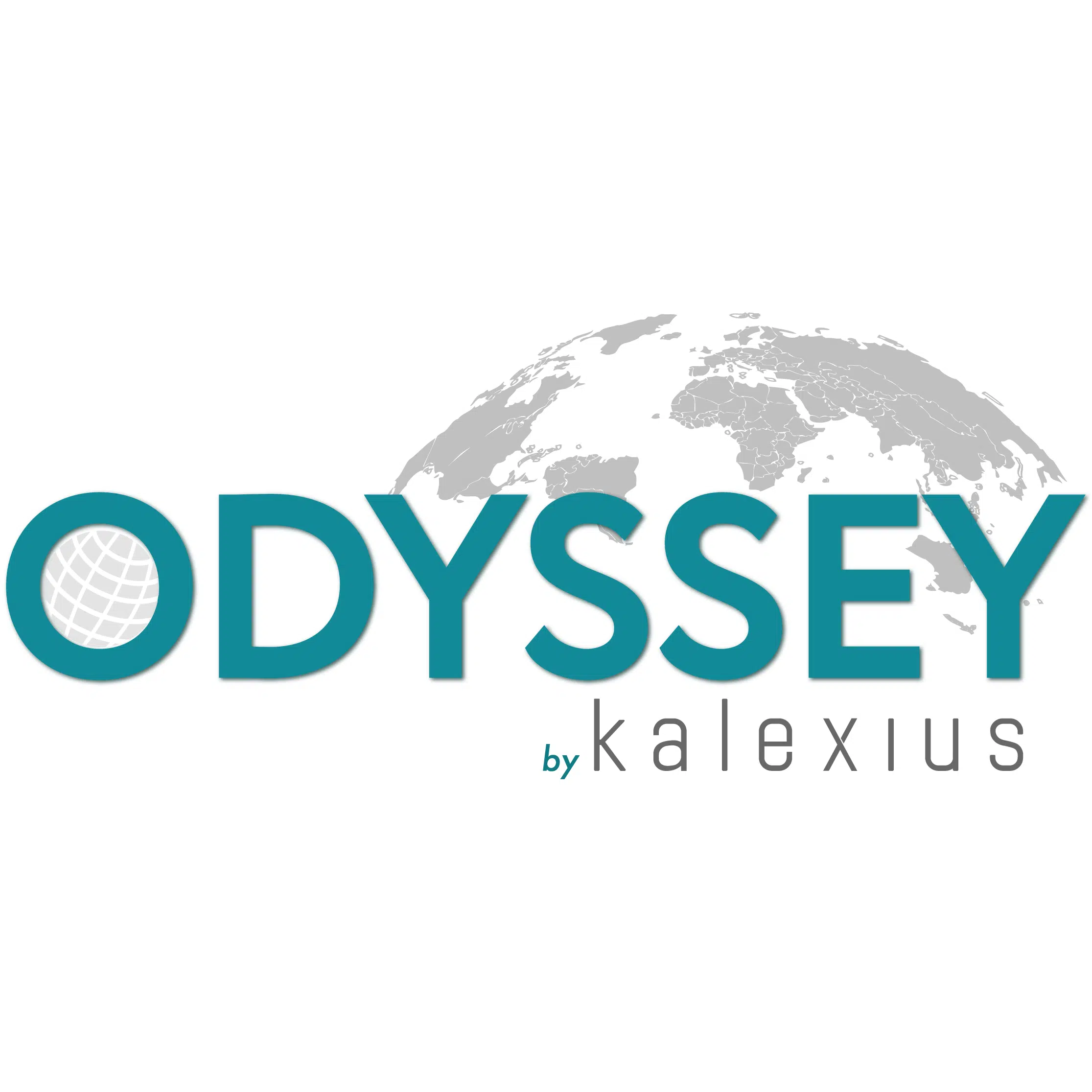
Kalexius uses Wrike to deliver legal services efficiently, from anywhere.
Kalexius isn’t a traditional law firm; they’re an alternative legal services provider. The Geneva-headquartered company combines people, process, and tech to build outstanding managed legal solutions. Their aim is to transform existing teams and build a smarter, more agile law department. Their solutions range from consulting to permanent outsourcing through project and Business-As-Usual engagements. Founded in 2011, Kalexius focuses on financial services, regulatory, contracts, and corporate work.
The challenge
As a managed legal services provider, Kalexius is focused on delivering on time and on budget. “Our goal is to work quickly without compromising quality,” says Stella Petersen, Head of Legal Operations at Kalexius. “We generally don’t undertake small projects,” she continues. “Our projects are typically over 1,000 contracts. When you’re working at that volume and with a specific deadline, you have to make sure that you’re optimizing everything and you’re hyper-efficient.”
The solution
Since 2012, Kalexius has been using Wrike for optimal visibility on workloads and progress. Kalexius is an international firm so it’s essential for them to connect their globally distributed teams as well as spot and correct potential bottlenecks early.
“When we first got Wrike it was a small, tight team with everyone in the same physical location,” recalls Petersen. Now with seven international offices and around 100 employees, the team is loving how Wrike has scaled and grown alongside them.
“Everybody used Wrike from day one, logging every minute of their time, creating tasks for everything they did,” continues Petersen. “The early users are now super users on Wrike.”
Centralizing work improves transparency
Kalexius believes that the more you put in Wrike, the more you get out of it. “If you only have part of your work in Wrike, that means you have notes, documents, and communication scattered elsewhere. You can’t easily prioritize or start your workday like that, so we encourage those who are in Wrike to have everything in Wrike,” says Petersen.
By consolidating their work and assignments into the work management system, operational teams like Petersen’s can improve visibility over work and resources. “Wrike gives us a sense of control,” explains Petersen. “We have a record and visibility of everything that’s being done, and we can make sure that we’re utilizing all our resources at 100 percent.”
With everything in Wrike, Petersen is also able to work faster and pull more reliable data into reports. “In terms of time savings, Wrike saves us about 20 percent because we don’t need to look for documents or information,” she notes. “Every week I create reports for clients, and every week I can do that faster because we automate everything. It’s a huge time saver. Because the data is readily available in Wrike, we can pull reports in just five minutes.”
Versatility drives operational creativity
Wrike is such a flexible work management system that Petersen has found some unique ways to leverage the platform.
Kalexius has used Wrike to A/B test other legal tech being considered for their stack, so they can determine beforehand if the new tech will save them time. “We have several lawyers doing A/B testing via Wrike,” begins Petersen. “They are reviewing 50 contracts with and without the tool we are testing. In Wrike, we have a task for each review. Once their review is done, I can visualize the average time spent by each type of resource, for each type of contract, by just using the average feature in the table format. With the timelog feature, everyone’s time was reliable.”
Petersen also uses the Wrike Timelog feature to better predict how long certain types of work will take, so they can ensure on-time delivery for their customers. “We started timing ourselves on everything, and now we have an algorithm that helps us foresee how much time different types of legal work will take.” This not only means better client relationships for Kalexius, but also money saved for their clients “because the clients truly know how much time, resources, and money is going to be spent on that work.”
By consolidating their work and assignments into the work management system, operational teams like Petersen’s can improve visibility over work and resources. “Wrike gives us a sense of control,” explains Petersen. “We have a record and visibility of everything that’s being done, and we can make sure that we’re utilizing all our resources at 100 percent.”
With everything in Wrike, Petersen is also able to work faster and pull more reliable data into reports. “In terms of time savings, Wrike saves us about 20 percent because we don’t need to look for documents or information,” she notes. “Every week I create reports for clients, and every week I can do that faster because we automate everything. It’s a huge time saver. Because the data is readily available in Wrike, we can pull reports in just five minutes.”
Seamless transition to remote work during COVID-19
When COVID-19 forced Kalexius to close some of their physical offices, having a digital workspace like Wrike gave the firm the foundation and flexibility they needed to continue operations while working from home.
“When COVID came, it was just seamless,” says Petersen. “Everybody had to work from home at some point, and we didn’t have any issues. Because we use Wrike, we don’t have any papers laying around. So when people left for their home office, nobody had to worry about taking paper files with them or not having a printer at home.”

Results
With Wrike’s collaborative work management system, Kalexius has improved visibility into workloads and progress, discovered creative solutions to operational challenges, and connected their globally distributed teams from anywhere. The alternative law firm has seen fewer status meetings, fewer emails in inboxes, and a complete 360-degree view of their progress across the organization.
“It’s great that there’s so much information available for everyone,” concludes Petersen. “It’s also hugely helpful for transparency, which is what we’re all about. It was our principle from the beginning; everybody’s work should be available for others to see.”


